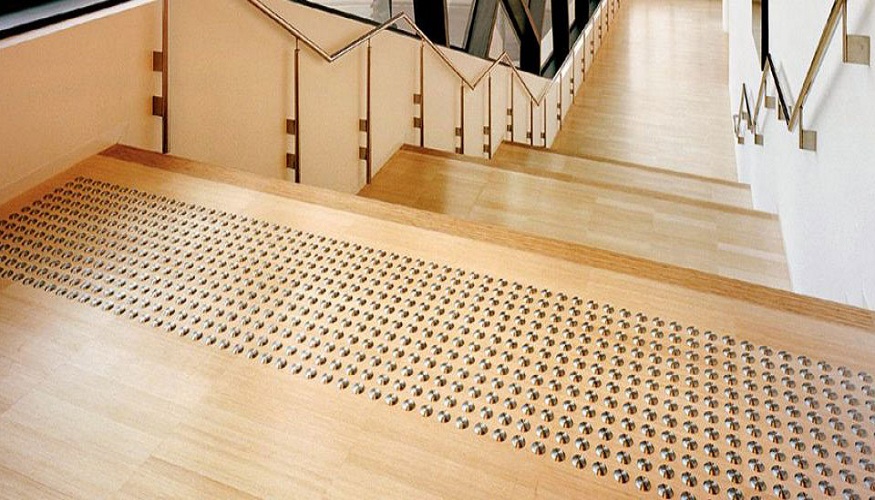Using tactile dome and tiles is an excellent solution for making your home or business more accessible to the visually impaired. They make it easier for people who have trouble seeing, especially in low-light conditions. But before you decide to install tactile tiles, there are several things you need to consider first.
Must they comply with ADA standards?
This is where you need to know the difference between ADA-compliant tiles and non-compliant ones. ADA-compliant tiles are generally made of a thicker material—usually rubber or vinyl—that offers more resistance to wear, tear and damage than other types of floors.
This is important because if you choose a material that isn’t durable enough, it won’t last long in an area with heavy traffic. Additionally, these materials tend to be heavier than other options, so they can be installed more easily on loose subfloors without shifting around too much during installation or after the installation has been completed.
How long will they last?
Tactile tiles are made to last, but the expected lifespan depends on several factors. For example, the wear and tear that your floor gets exposed to will play a big role in determining how long the tile will last. You can expect most commercial and institutional installations to have an average life span of 10 years or more before needing replacement.
The frequency with which you need tactile tiles replaced depends on several factors, including how much foot traffic your space receives as well as how easy it is for people with disabilities to navigate throughout your building.
What else do you need to install along with the tiles?
There are a few more things you will need to install the tiles. You will need a rubber base, which is a thin layer of rubber that goes underneath the tile and prevents it from moving around once it’s laid down. Also, as you know, there is going to be some sort of doorway or threshold between rooms, so it is important to have a rubber threshold installed at these points where the floor meets another surface.
Finally, since there are so many different types of tiles available on the market today they often require different adhesives or methods for installation. For example, if you were using ceramic tile, the adhesive would not be necessary; rather, glues would be required instead. However, if you were using glass mosaic, then adhesive would not work well with this material, and therefore, the glue would be needed instead of adhesive
How many people will they serve?
There are several factors to take into account when deciding on the number of tiles and the size of your facility’s footprint.
- How many people will be using the space?
- How many people will they serve?
- What is the total square footage of your facility? (This includes all areas, including hallways, restrooms, etc.)
What are the dimensions of the area you need to cover?
The size of the tiles will determine how many you’ll need. Tactile tiles are usually sold in packs of four square feet or six square feet, but for larger projects, it’s helpful to know that an 8×8 is one foot on each side. If you have a large area to cover and want to cover every step with tactile tile, consider buying a few extra boxes so you can mix up their placement as needed.
Are they suitable for the climate of your region?
Tactile tiles can be used in any climate, but they do need to be maintained. Tactile tiles are mostly maintenance-free, making them easy to install and maintain. However, there are some things you should keep in mind if you’re planning to use tactile tiles somewhere with harsh weather conditions or high levels of moisture, such as bathrooms or kitchens:
- Make sure your personal preferences match the type of flooring used. You can choose four types of tile types for tactile flooring: ceramic, vinyl, rubber, and stone (granite). Each type has its own pros and cons, so it’s important that you understand what kind of feeling each one gives before making a choice.
- In terms of installing these materials outdoors, ensure they won’t get damaged by rainwater runoff during heavy storms since this could cause them to get slippery when wet.


